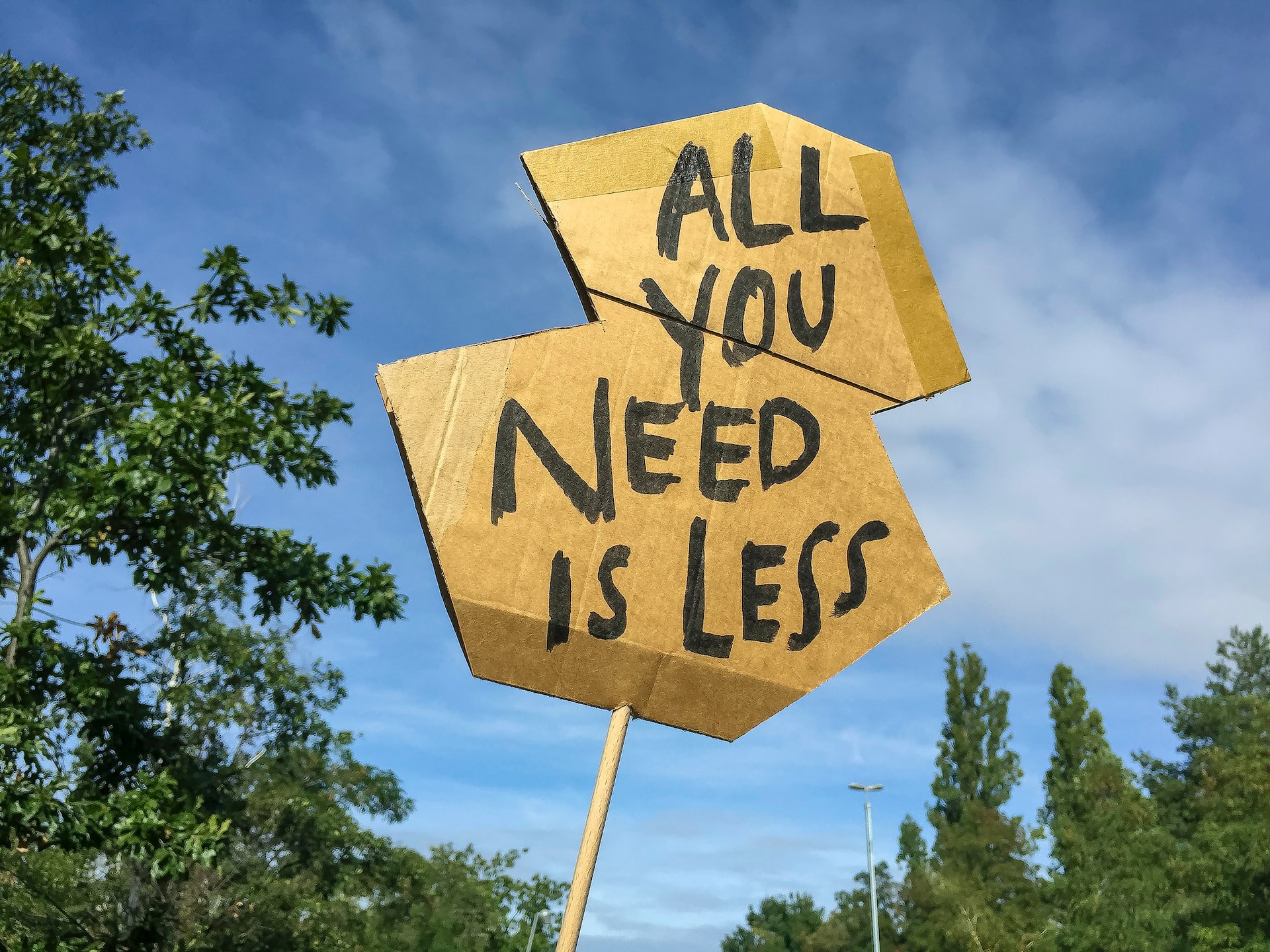Every RevOps professional knows the feeling: you’ve spent weeks cleaning data, tweaking rules, and balancing account assignments until everything looks perfect on the spreadsheet. You hit “publish,” take a deep breath and within hours, you get the first Slack message:
“Hey, my territory feels smaller than hers.”
And there it is, the human side of territory planning.
We often talk about territories like they’re math problems to be solved. In reality, they’re social systems to be managed. Perfect balance on paper doesn’t always equal perceived fairness in practice. The difference between the two can make or break team trust, morale, and performance.
The pursuit of "perfect"
RevOps teams, by nature, chase optimization. You want clean models, data-driven balance, and equal opportunity. It’s part of the job and part of the appeal.
But here’s the trap: in the pursuit of perfect, we often forget that fairness isn’t purely quantitative.
Perfection means each rep has the same total potential value.
Fairness means each rep feels they have an equal shot at success.
Those two things don’t always align. Why? Because fairness is emotional. Reps don’t see weighted ICP scores or capacity coefficients. They see logos, industries, regions, and reputations. A territory that looks “even” in Salesforce might feel wildly different in reality.
The human problem in the process
The biggest misconception in territory design is that you can “math” your way to peace. But the friction usually isn’t mathematical, it’s psychological and political.
- Reps want transparency and agency. They want to understand why they got what they got.
- Managers want to protect their people and keep morale high, even if it means bending rules.
- RevOps wants stability, accuracy, and as few exceptions as possible.
- Leadership wants speed, balance, and revenue predictability.
Each group sees the same data through a different lens. That’s where human bias creeps in, gut feelings, historical baggage, and emotion-driven exceptions. One “just this once” override can cascade into inconsistencies across the org.
Even with the best intentions, the result is often the opposite of fairness: inconsistent logic, opaque reasoning, and mistrust in the system.
From gut feelings to grounded decisions
This is where data transparency and tools like Carve change the game.
Carve doesn’t just automate the math behind territory design. It delivers the why behind every decision, providing defensible reasoning rooted in data instead of emotion.
When a rep asks, “Why did I get this territory?”, the answer isn’t “Because we said so.” It’s “Because based on capacity, account potential, and ICP match rate, this design gives you equal opportunity to hit quota.”
When a manager challenges an assignment, they can see the inputs that led to the output, not just the output itself. That visibility reduces defensiveness and helps teams move the conversation from “fairness as feeling” to “fairness as framework.”
Carve’s approach shifts the RevOps mindset from subjective adjustments to transparent governance, the idea that fairness comes from clarity, not compromise.
The power of perspective: Manager vs. rep
Fairness also depends on vantage point. Carve’s analytics bridge the gap between what RevOps sees and what the field experiences.
- Manager view: Pipeline creation analytics show which territories are converting potential into real opportunities. Instead of anecdotal complaints, managers can see whether coverage or conversion is the true issue.
- Rep view: Reps can track their own pipeline growth relative to territory potential. This builds trust, when they see the math behind their patch, they’re more likely to buy into the model.
Redefining fairness in territory design
The human side of territory planning isn’t something to avoid, it’s something to design for. You can’t remove emotion from the process, but you can ground it in data and transparency.
Here’s the shift modern RevOps leaders are making:
- From “perfect balance” to perceived fairness
- From manual overrides to rule-based reasoning
- From one-off explanations to shared visibility
Takeaway
Fair territories aren’t the ones that look best on a spreadsheet; they’re the ones your team believes in. When RevOps builds systems that explain why decisions are made, not just what they are, the process stops being a horror story and starts being a collaboration.
Because in the end, it’s not about eliminating the human side of territory planning. It’s about designing for it, so everyone can see that fairness isn’t subjective. It’s measurable.





